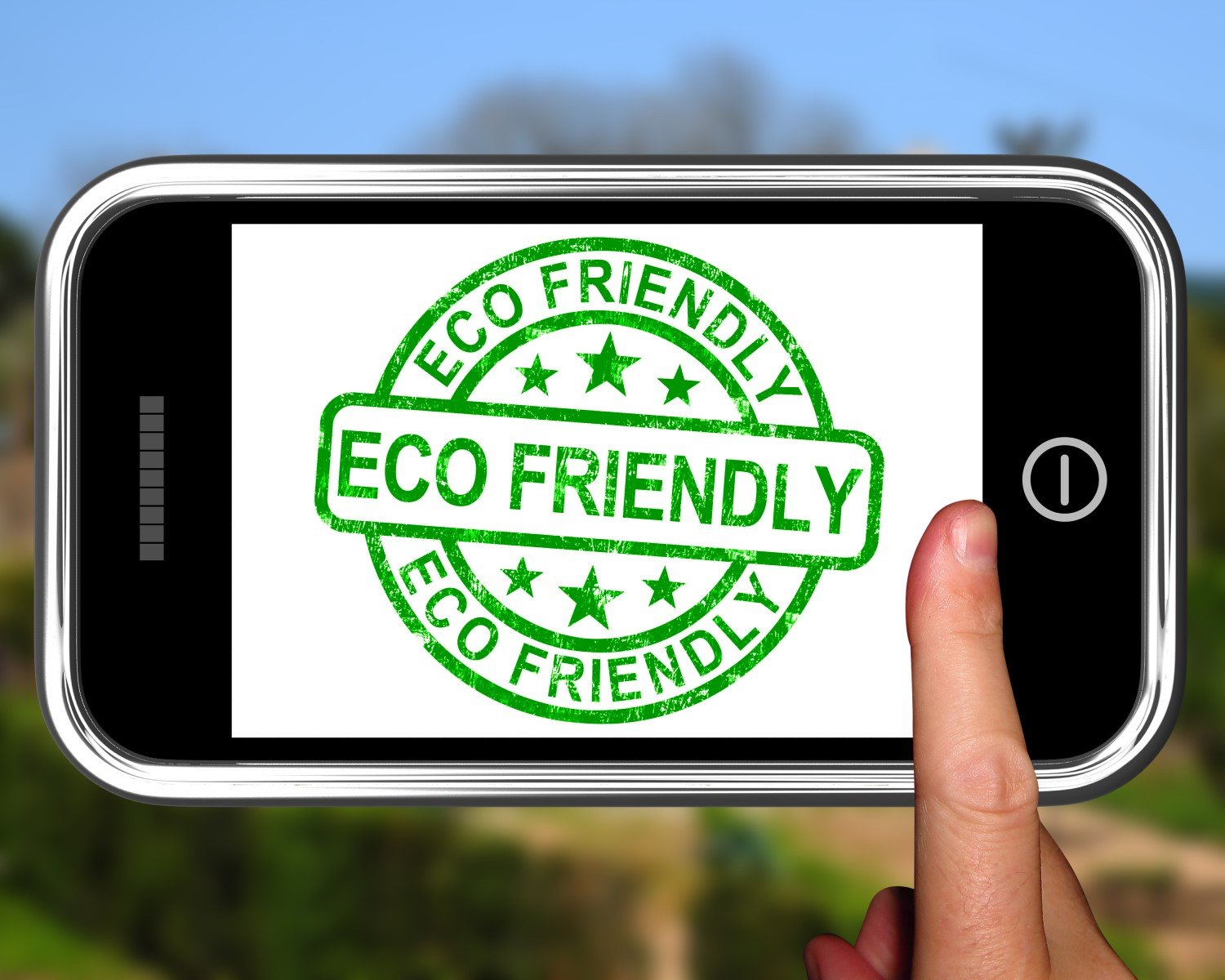In a world increasingly conscious about environmental sustainability, “Eco-Friendly Budgeting” has become more than a trend—it’s necessary. By merging financial prudence with eco-conscious living, you can save money and help save the planet simultaneously. This comprehensive guide will break down the key strategies and tips for effective eco-friendly budgeting, ensuring it is accessible to all.
What is Eco-Friendly Budgeting?
Eco-friendly budgeting is the practice of managing finances in ways that are both economical and environmentally sustainable. The aim is to make decisions that help you save money and minimize your negative impact on the environment. This involves everything from reducing energy consumption to adopting a minimalist lifestyle.
Why Choose Eco-Friendly Budgeting?
Financial Savings: You can significantly lower your monthly expenses by reducing waste and making sustainable choices.
Environmental Impact: Sustainable living reduces carbon footprints, conserves natural resources, and curtails pollution.
Personal Satisfaction: Knowing you are contributing to a healthier planet creates a sense of fulfillment.
Steps to Implement Eco-Friendly Budgeting
1. Assess Your Current Spending Habits
Before you can shift to eco-friendly budgeting, it’s important to understand your current spending patterns. Track your monthly expenses to identify areas where you can save money and reduce waste.
Tools for Tracking Expenses:
- Budgeting apps: Empower, YNAB (You Need A Budget)
- Spreadsheets: Excel, Google Sheets
- Expense journals
2. Reduce Energy Consumption
High energy consumption impacts the environment and results in higher utility bills. Here are a few ways to conserve energy:
Home Energy Audit:
Conducting an energy audit of your home can help identify areas where energy is wasted. Many utility companies offer free or low-cost home energy audits.
Switch to Energy-Efficient Appliances:
Look for the ENERGY STAR label when purchasing new appliances. Energy-efficient appliances use less electricity, saving both money and resources.
3. Adopt a Minimalist Lifestyle
Minimalism promotes the idea of owning fewer possessions, leading to reduced spending and less waste.
Ways to Embrace Minimalism:
- Declutter your home and sell or donate items you don’t need.
- Avoid impulse buying by sticking to a shopping list.
- Prioritize quality over quantity in your purchases.
4. Sustainable Transportation
Transportation is a significant contributor to carbon emissions. Opting for eco-friendly transportation methods can save money and reduce your environmental footprint.
Eco-Friendly Transportation Options:
- Public Transport: Use buses and trains instead of cars for commuting.
- Carpooling: Share rides with colleagues or friends to reduce fuel costs.
- Biking and Walking: These are eco-friendly and beneficial for your health.
5. Buy Secondhand and Upcycle
Buying secondhand items is an excellent way to save money and reduce environmental impact. Upcycling—repurposing old items into something new—can also be a creative and cost-effective strategy.
Where to Buy Secondhand:
- Thrift stores
- Online marketplaces like eBay and Craigslist
- Garage sales
6. Mindful Eating: Eco-Friendly and Budget-Friendly
Food production and consumption have enormous environmental impacts. Choosing eco-friendly eating habits can significantly reduce these effects while saving you money.
Strategies for Mindful Eating:
- Buy Organic and Local: Support local farmers by purchasing organic produce at farmers’ markets.
- Reduce Meat Consumption: Meat production is resource-intensive. Reduce your intake or try Meatless Mondays.
- Plan Meals: Planning your weekly meals can reduce food waste and save money.
7. DIY Cleaning Products and Personal Care
Many commercial cleaning products contain harmful chemicals and contribute to environmental pollution. Making your own cleaning and personal care products is better for the planet and your wallet.
Simple DIY Recipes:
- All-Purpose Cleaner: Mix vinegar, water, and a few drops of essential oil.
- Toothpaste: Combine baking soda, coconut oil, and a few drops of peppermint oil.
8. Reduce, Reuse, Recycle
The three R’s are a cornerstone of eco-friendly budgeting. You can significantly reduce waste and expenses by reducing consumption, reusing what you already have, and recycling items properly.
Ways to Implement the Three R’s:
- Use reusable shopping bags and containers.
- Choose products with minimal packaging.
- Properly sort and recycle household waste.
Conclusion
Eco-friendly budgeting is a powerful tool that saves money and promotes a sustainable lifestyle. You can significantly improve your finances and the environment by making small, mindful changes in your daily habits. Start today and take the first step toward a greener, more financially stable future.
By incorporating these tips and strategies into your life, you’ll be well on your way to mastering the art of eco-friendly budgeting. Save money, save the planet—it’s a win-win scenario.

